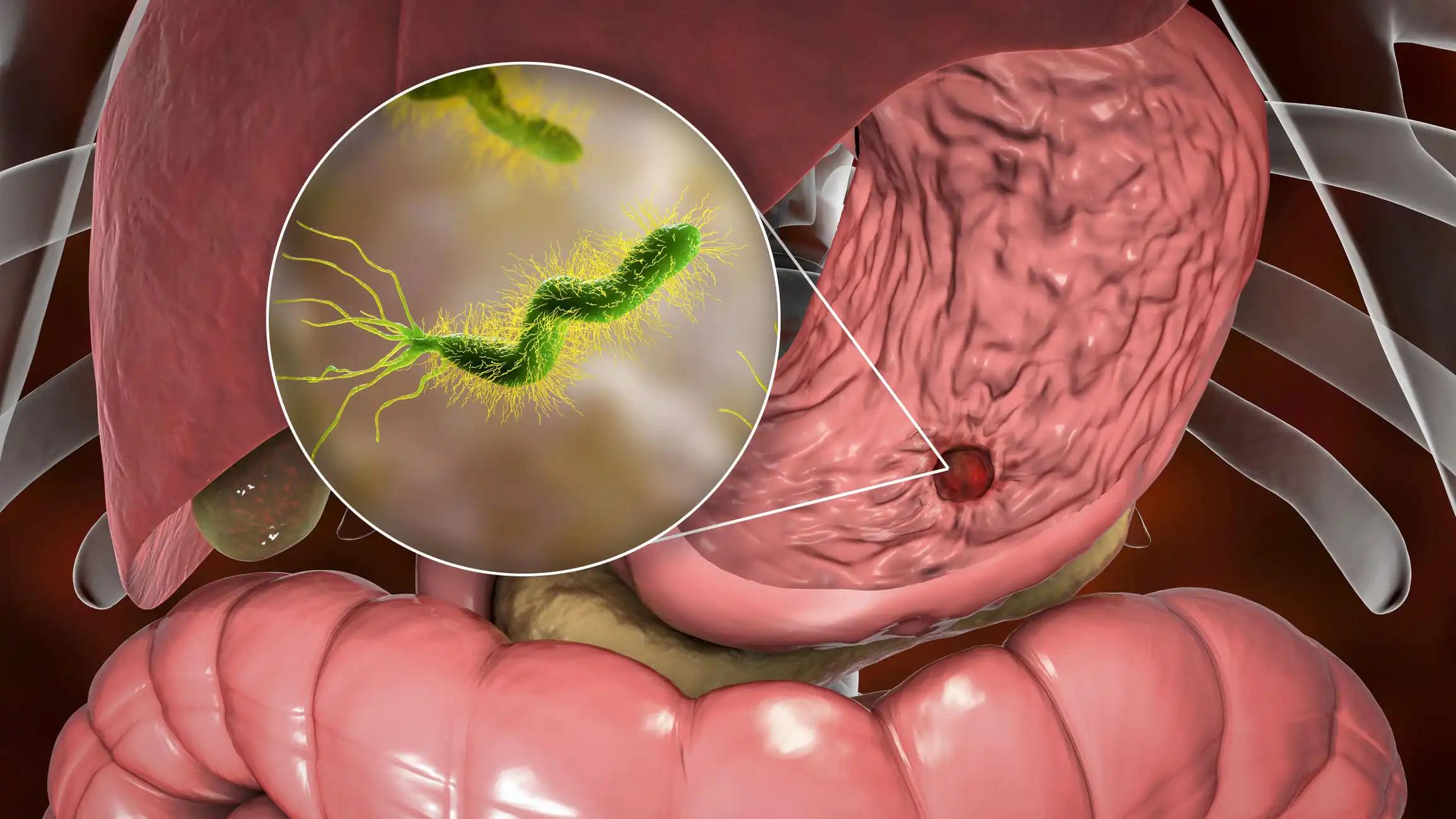KEY TAKEAWAYS
- The study aimed to explore if tsRNAs serve as biomarkers for gastric cancer, enhancing early detection.
- The results showed tRF-17-18VBY9M’s upregulation in GC, suggesting its potential as a diagnostic biomarker.
Gastric cancer (GC) is one of the most widespread malignant tumors globally. Given the limited efficacy of conventional biomarkers in early GC detection, there’s a pressing need to explore novel markers to enhance diagnostic accuracy. tsRNAs, or transfer RNA-derived small RNAs, have been implicated in the progression of malignant tumors.
Chunyan Mao and the team aimed to investigate the potential of tsRNAs as biomarkers for GC.
The study selected tRF-17-18VBY9M from the tsRFun database for analysis. Methodological efficacy was assessed through Sanger sequencing, agarose gel electrophoresis assays, and gradient dilution. The X2 test examined the interaction between tRF-17-18VBY9M expression and clinicopathologic characteristics. The receiver operating characteristic (ROC) curve determined the clinical efficiency of tRF-17-18VBY9M in GC.
The results revealed that elevated tRF-17-18VBY9M levels were significantly linked to T stage, tumor node metastasis stage (TNM), lymph node metastasis, and neurological/vascular invasion. ROC curve analysis demonstrated that tRF-17-18VBY9M exhibited superior diagnostic value in GC compared to carcinoembryonic antigen (CEA), carbohydrate antigen 199 (CA199), and carbohydrate antigen 724 (CA724).
The conclusion drawn is that tRF-17-18VBY9M exhibits up-regulation in both GC sera and tissues. This differential expression effectively distinguishes GC patients from both healthy donors and gastritis patients, implying its potential as a diagnostic biomarker for GC.
Funding was provided by the Jiangsu Provincial Health Commission.
Source: https://pubmed.ncbi.nlm.nih.gov/38767702/
Mao C, Zhang Z, Fang R, et al. (2024). “A novel tRNA-derived fragment tRF-17-18VBY9M works as a potential diagnostic biomarker for gastric cancer.” J Cancer Res Clin Oncol. 2024 May 20;150(5):263. doi: 10.1007/s00432-024-05792-5. PMID: 38767702.



